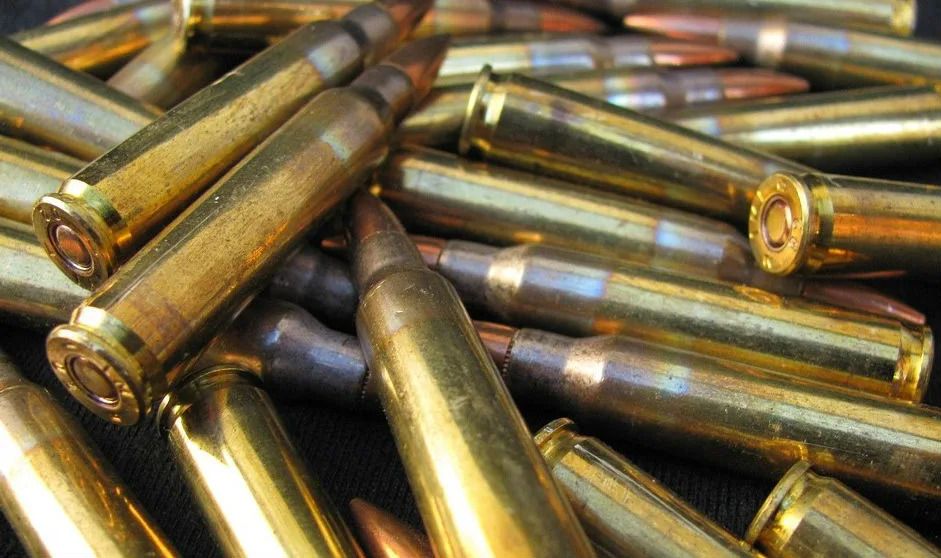ATF Reclassifies Critical Gunpowder Component as “High Explosive”
August 13, 2016Update: The ATF has released an addendum to the June newsletter, which suspends the reclassification pending “further industry outreach.”
Usually, I try to keep things relatively dignified and respectful here, but the three-ring circus at the ATF is making that more and more difficult with each passing day. The agency has used broad regulatory decree to impose stringent and unnecessary new rules on NFA firearm acquisitions, unilaterally and wrongly banned Russian 7N6 ammunition, attempted to ban popular 5.56mm ammunition, and as of June 2016 has now chosen to reclassify wetted nitrocellulose (a critical component of smokeless gunpowder) containing more than 12.6% nitrogen as “high explosive.” The sudden move is expected by some to severely and negatively impact the ammunition industry.
So what is all the fuss about? Essentially, nitrocellulose is the key propellant in modern smokeless powders. Over the years, gun powder has become ever more complex, and several component ingredients make up what most of us refer to only as “powder.” Joining nitrocellulose in the mixture, you’ll often find deterrents (slow the burn, which generally leads to higher velocities), stabilizers, decoppering agents, and flash reducers. However, without nitrocellulose propellant, your bullets aren’t going much of anywhere.
Wetted nitrocellulose as it applies to modern gunpowder is simply a nitrocellulose-water mixture wherein water makes up 25% of the mass or more. The water helps to reduce the chance of combustion or explosion when stored. According to past ATF rulings, wetted nitrocellulose was not considered a high explosive material.
18 USC. Chapter 40 regulates explosives at the federal level. The section instructs the ATF to publish a list of explosive materials on an annual basis and also provides significant leeway for exemptions. One such basis for exemption includes “small arms ammunition and components thereof.” I’m not sure about you, but I am reasonably certain that nitrocellulose is a component of small arms ammunition.
However, 27 CFR § 555.11 defines what exactly constitutes ammunition and its components, but only on a macro scale. For example, bullets, primers, and smokeless powder are all considered components under this section. The section does not cover the individual ingredients of the powder itself, and the ATF no doubt sees this as an opportunity to restrict its manufacture, transport, and storage.
The implications of this reclassification could be far-reaching. Because it is effective immediately, ammunition manufacturers have had no time to prepare for the change. Merely possessing high explosives requires specific licensing and adherence to strict storage rules. These include storing the explosives away from other materials and constructing reinforced magazines to house them. Manufacturers currently in possession of wetted nitrocellulose are possibly operating afoul of the law. Transporting explosive materials is also an onerous task that requires proper permits and licensing. This could freeze ammunition manufacturing in the United States.
It’s an odd move from the agency when you consider that the same manufacturers who are expected to be squeezed by this provide the ATF, other agencies, and the US Military with ammunition. The reclassification would not only impact their ability to produce for the civilian market but would also hinder their fulfillment of government contracts. While it is entirely possible that (domestically produced) ammunition could soon be in short supply and selling at inflated prices, I find it surprising that we only hear about this two months after the letter was distributed. Moreover, I’ve yet to hear anything from industry sources on the matter. Again, if this is truly something to worry about, one would think that manufacturers would have said something weeks ago. I’ve reached out to a few contacts for more information on this and the change as a whole. For the time being, I would advise readers to conduct business as usual.
Because the ATF chose to act unilaterally, private citizens, manufacturers, and other stakeholders are left with few paths to combat the potential overstep. Reeves & Dola, the law firm responsible for Ammoland’s article, have indicated that they are working with the ATF to present issues raised by the industry. Should they fail to find an acceptable solution, this could be headed to the courts.
An information security professional by day and gun blogger by night, Nathan started his firearms journey at 16 years old as a collector of C&R rifles. These days, you’re likely to find him shooting something a bit more modern – and usually equipped with a suppressor – but his passion for firearms with military heritage has never waned. Over the last five years, Nathan has written about a variety of firearms topics, including Second Amendment politics and gun and gear reviews. When he isn’t shooting or writing, Nathan nerds out over computers, 3D printing, and Star Wars.

